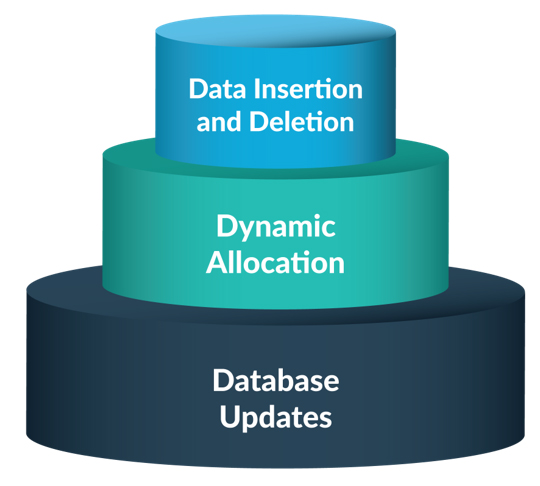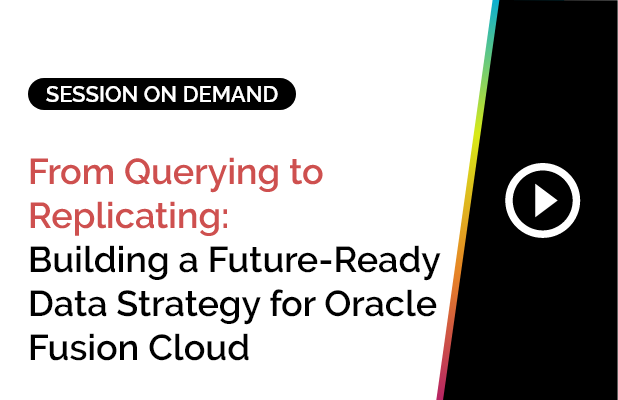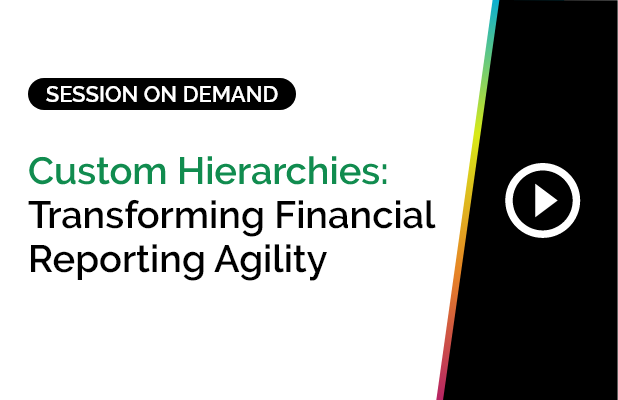Streamlining HR Data: The Power of Integration
In the HR ecosystem, data management from disparate sources feels no less than assembling missing puzzle pieces. It is essential to integrate HR data a unified system to enrich and enhance the cost reduction, decision making and improving the employee experience. This HR data is often fragmented, like assembling a puzzle with missing pieces. This impacts strategic planning and operational efficiency negatively. However, the onus lies in integration of all the HR data into a unified system. This blog explores why this integration is crucial and it can be transformative for moder HR operations.Why HR Data Integration is vital?
Data integration is crucial for addressing the inefficiencies and inaccuracies stemming from fragmented HR data. By unifying data, organizations can enhance decision-making, lower operational costs, and improve employee experiences. According to a Deloitte survey, although 71% of companies prioritize people analytics, only 9% feel they have a comprehensive understanding of the talent dimensions that drive performance in their organizations.Challenges Stemming from Fragmented HR Data
Data Silos: Most HR departments utilize multiple applications and systems to record and collect data, resulting in overwhelming amounts of information scattered across various platforms. This fragmentation leads to inconsistent data, duplicated efforts, limited visibility, and inefficient reporting. Lack of a 360-Degree View of Employees: Traditional ERPs, while foundational, are inadequate in today’s dynamic workplace where HR data extends beyond these systems. Dispersed employee information across various databases hinders the ability to provide a seamless, personalized experience and impairs informed decision-making.
Complexity in Integrating Legacy Systems: Maintaining legacy systems, which are often outdated and rigid, obstructs the smooth flow of information across newer platforms. These systems contain valuable historical data necessary for compliance with regulations like the Fair Labor Standards Act (FLSA) and the Employee Retirement Income Security Act (ERISA). However, transforming this data into standard models is both time-consuming and costly.
Longer Time-to-Value: Creating a user-friendly HR data platform that integrates existing data to deliver reliable insights requires years and substantial investment. Companies need these insights immediately, yet homegrown dashboards frequently fall short due to issues with performance, compliance, scalability, and maintenance.
Missing Tailored Upskilling Programs: Enhancing the HR function with data literacy demands continuous training to familiarize employees with analytics platforms. Overly complex platforms can discourage employees from fully utilizing their potential, hindering effective data analysis and interpretation.
Strategic Approaches for Effective HR Data Integration
To embrace a data-driven HR culture, organizations must invest in modern HR technology infrastructure that addresses these challenges. Here are the key strategies: Consolidate Information: Integrate data from multiple sources into a centralized repository using Data Lakes, Data Mesh, or Data Warehouses. Ensure continuous data flow through Data Pipelines or Real-time connectors, maintaining up-to-date and consistent information. Enhanced Analytical Capabilities: Your integration platform should replicate existing security protocols across different systems, handle vendor updates, and maintain compliance at each data source level. This ensures seamless coexistence of legacy and new systems while preserving data integrity. Customizable Dashboards: Create easy-to-use dashboards that transform data into actionable insights. These dashboards should allow access to critical data for making strategic, proactive decisions, thereby improving decision-making speed by up to 33%. Scalability and Flexibility: As organizations grow, their HR needs change. A robust integration platform must accommodate increasing data volumes, new systems, and evolving business requirements without compromising data quality, supporting up to a 100% increase in data load. Support and Maintenance: Ensure the integration platform provider offers consistent support and regular updates to address issues promptly, reducing downtime and safeguarding HR data integrity.Wrapping It Up
Integrating HR data is not merely about connecting systems; it’s about harnessing the power of data to drive organizational success. The right integration platform serves as an accelerator in the HR transformation journey, enabling strategic insights and maximizing operational efficiency. Organizations can unlock the full potential of their HR teams by investing in robust data integration strategies, driving efficiency, and fostering a culture of continuous improvement.SplashBI for HR
Unlock the full potential of your HR team with SplashBI for HR’s People Analytics & Reporting Solution! Imagine having all your HR data integrated into a single interactive platform with over 800 pre-built dashboards. SplashBI for HR provides a comprehensive view of your organization’s human capital, allowing you to identify at-risk employees, optimize hiring processes, and track diversity and inclusion efforts seamlessly. Ready to enrich your HR strategy? Sign up for a demo today! Experience firsthand how SplashBI for HR can transform your operations and drive continuous improvements, ensuring a more engaged and productive workforce. Don’t miss the opportunity to take your HR management to the next level!
Unlock the power of People Intelligence with SplashBI for HR
Curate data-driven decisions for improved business outcomes.

Manjari Gupta
Senior Manager, Customer Success
Manjari is a seasoned Senior Manager specializing in HR Analytics with over 14 years of industry and consulting experience. Complemented by a Doctorate in Machine Learning & Analytics, she excels at transforming ‘statistics’ into ‘strategy’ within the HR domain. She specializes in talent management, employee engagement, workforce planning, and performance measurement, ensuring alignment with organizational objectives. Leading high-performing teams, she is dedicated to empowering HR stakeholders with actionable insights and data-driven recommendations.













